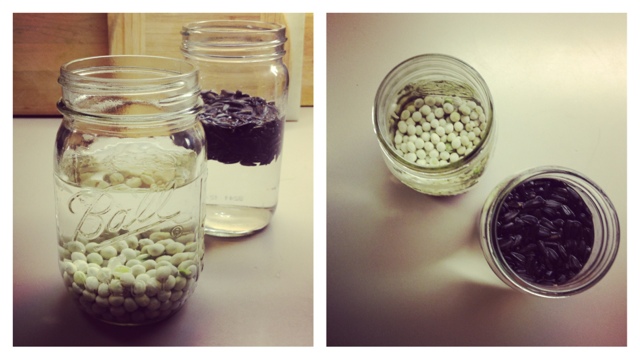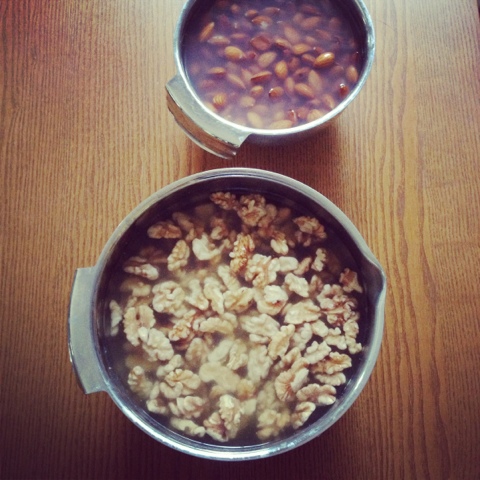 |
| greens from the garden |
The heat of the Texas summer can be too much for lots of greens but thanks to the magical rains we've been having I've actually got some baby arugula, basil, and parsley that are doin just fine. And I got inspired to try growing some microgreens. The term microgreens is just a fancy way of saying teensy baby plants. Microgreens are especially good for your health because they are loaded with all the life force it takes to change a little seed into a full fledged plant! Studies have shown microgreens to contain up to 40 times higher amounts of nutrients than their mature counterparts (see links below).
It is important to note that microgreens are not the same thing as sprouts. Sprouts are germinated or partially germinated seeds that are not actually planted. Their production requires dark moist conditions that can also be ideal for the proliferation of dangerous bacteria. Sprouts are ready to consume within a few days and must be carefully rinsed to ensure cleanliness. I sometimes like to sprout radish and clover seeds on the kitchen counter in a mason jar with a screen for a lid.
If sprouts are like infants, microgreens are more like toddlers. Microgreens are grown in soil, peat moss, or other mediums. They require high light levels and good air circulation and take one to two weeks until they are ready to harvest. The conditions that are ideal for microgreens do not encourage the growth of dangerous bacteria and their more developed and chlorophyll-rich leaves provide an additional boost of nutrition and flavor.
My first attempts at microgreens were pea shoots and sunflower sprouts. Right now sunflower sprouts are my favorite because of their juicy, almost sweet flavor. They remind me of my gorgeous friend Megan who grows them in Olympia at a magical farm called Calliope.
The sunshoots and pea tendrils came up great! And so delicious! Learn more about how and why to grow your own microgreens here, here and here.
 |
| homegrown sunshoots in a handwoven basket |
 |
| tender pea tendrils |
I've been adding them to salads, rolling them up in my wraps, using them to top soups and toast, and tossing them in green smoothies. This salad in particular was an all time favorite. A freshly made cilantro pesto thinned with water to make a dressing enhanced the flavors of the lil greens and chickpeas perfectly.
 |
| pre-tossed |
Garden greens salad of
homegrown arugula, basil, parsley and sunflower shoots
homegrown arugula, basil, parsley and sunflower shoots
+
radicchio
+
chickpeas
+
castelvetrano olives
+
cilantro walnut pesto dressing
 |
| tossed |
















































